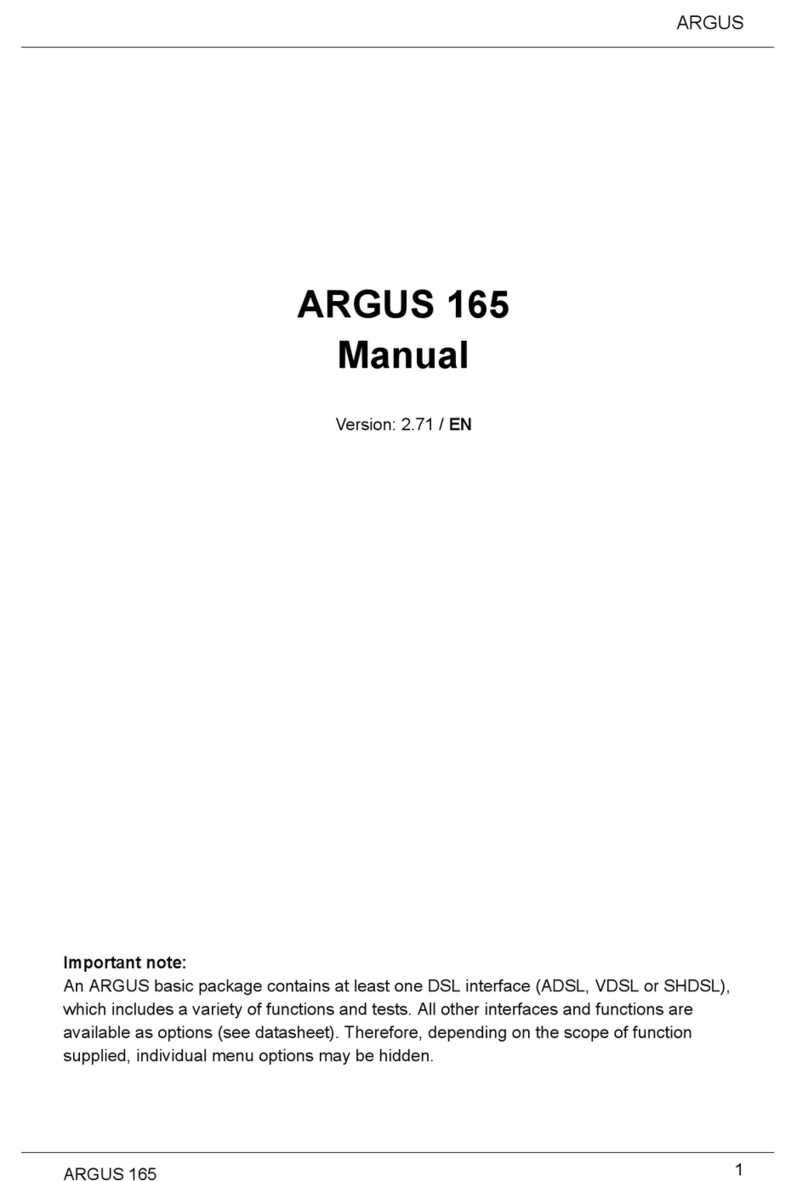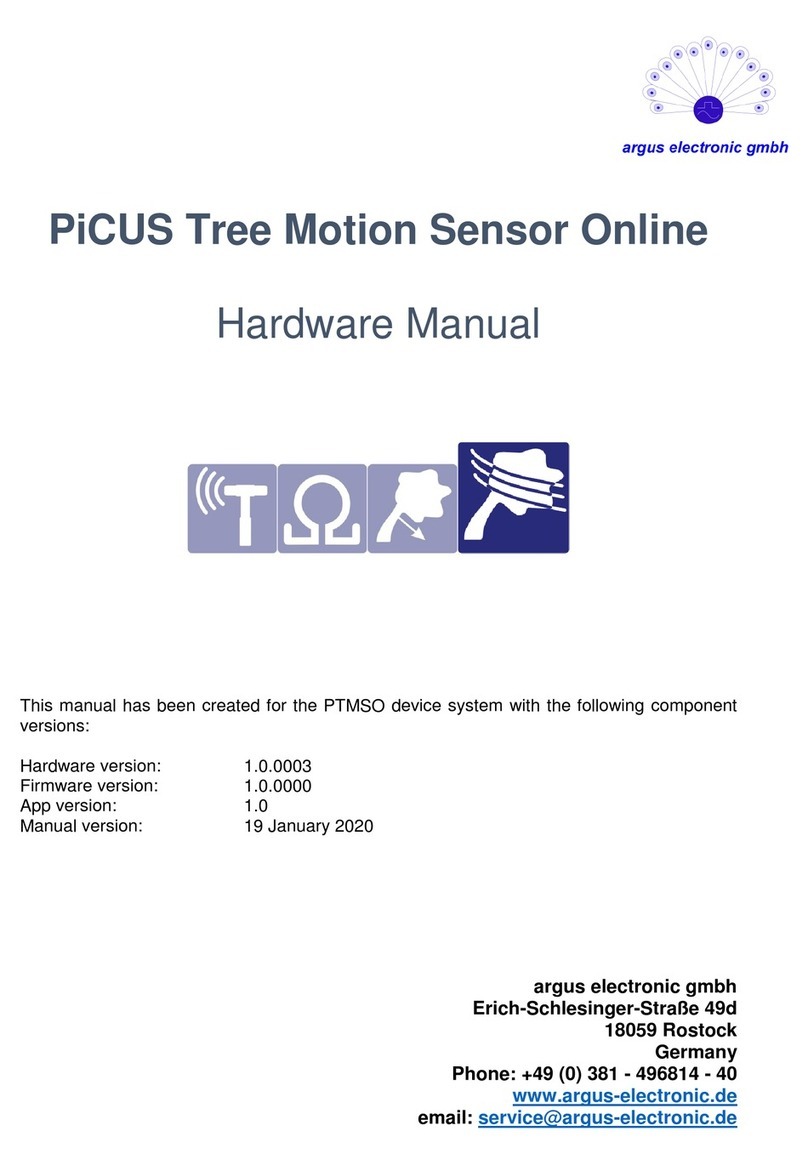®
www.argusanalyzers.com
WE MAKE BATTERY TESTING EASY
Copyright © 2006 by Argus Analyzers, 11/06
“Argus” and “Crank Check” are trademarks of Argus
Analyzers. All rights reserved. No part of this publication
may be reproduced or transmitted in any form or by any
means, electronic or mechanical, including photocopy,
recording, or any information storage and retrieval system,
without permission in writing from the copyright owner.
« Argus » et « Crank Check » sont des marques déposées par
Argus Analyzers. Tous droits réservés. Aucune partie de cette
publication ne peut être reproduite ou transmise sous quelque
forme ou de quelque manière que ce soit, électronique ou
mécanique, y compris les photocopies, les enregistrements,
ou tout autre système de stockage et de recouvrement, sans la
permission écrite du propriétaire des droits d’auteur.
“Argus” und “Crank Check” sind Warenzeichen von
Argus Analyzers. Alle Rechte vorbehalten. Kein Teil dieser
Veröffentlichung darf in irgendeiner Form oder auf irgendeiner
Weise elektronisch oder mechanisch, einschließlich Fotokopie,
Aufzeichnung oder irgendeinem Informationsspeicher-
und Retrievalsystem, ohne schriftliche Zustimmung vom
Urheberrechtinhaber reproduziert oder übertragen werden.
“Argus” en “Crank Check” zijn handelsmerken van Argus
Analyzers. Alle rechten voorbehouden. Niets uit deze
uitgave mag worden verveelvoudigd, opgeslagen in een
geautomatiseerd gegevensbestand of openbaar gemaakt, in
enige vorm of op enige wijze, hetzij elektronisch, mechanisch,
door fotokopieën, opnamen, of enige andere manier, zonder
voorafgaande schriftelijke toestemming van de uitgever.
“Argus” y “Crank Check” son marcas comerciales de Argus
Analyzers. Reservados todos los derechos. Salvo autorización
previa y por escrito del propietario del copyright, queda
prohibida la reproducción o transmisión total o parcial de esta
publicación, por cualquier medio y bajo cualquier forma, ya
sea electrónico o mecánico, incluida la fotocopia, el registro,
o cualquier sistema de almacenamiento o recuperación de
información.
“Argus” e “Crank Check” sono marchi di Argus Analyzers.
Tutti i diritti riservati. Nessuna parte di questa pubblicazione
può essere riprodotta o diffusa in alcun modo o con alcun
mezzo, elettronico o meccanico, comprese fotocopie,
registrazioni o qualsiasi altro sistema di memorizzazione e di
reperimento dei dati, senza previa autorizzazione scritta del
proprietario del copyright.
EN
IT
ES
NL
DE
FR
PN: 400-2101 Rev.03-1106
Digital Battery Analyzer for 12V storage
batteries, cranking batteries, charging
systems and starting systems.
Analyseur numérique de batterie pour
batteries d’accumulateurs 12V, batteries
de démarrage, systèmes de charge et
systèmes de démarrage.
Digitales Batterieanalysegerät für
12V-Speicherbatterien, Starterbatterien,
Ladesysteme und Startsysteme.
Digitale accutester voor 12 Volt
verbruiksaccu’s, startaccu’s,
oplaadsystemen en startsystemen.
Analizador digital de baterías de
almacenamiento 12V, baterías de arranque
y sistemas de carga y arranque.
Tester digitale per accumulatori a 12V,
batterie di avviamento, sistemi di carica
ed avviamento.
User Manual for models
Manuel de l’utilisateur pour les modèles
Benutzerhandbuch für die Modelle
Gebruikershandleiding voor de volgende modellen
Manual del usuario para modelos
Manuale utente per i modelli
AA300, AA350, AA400, AA500P





























